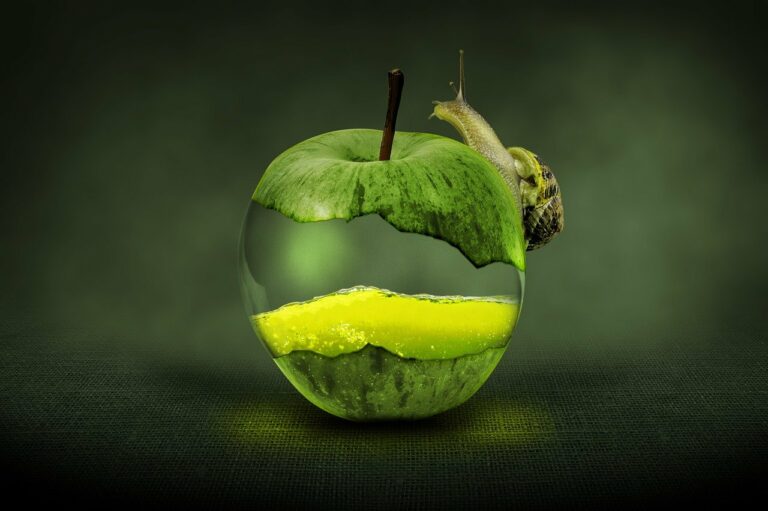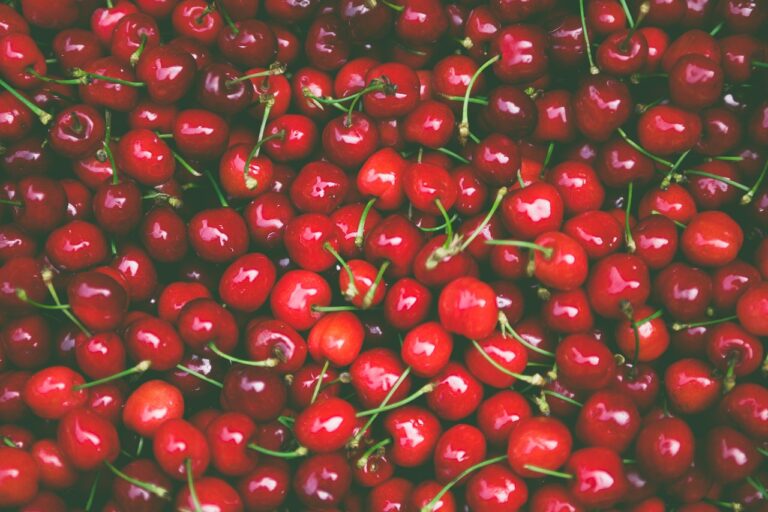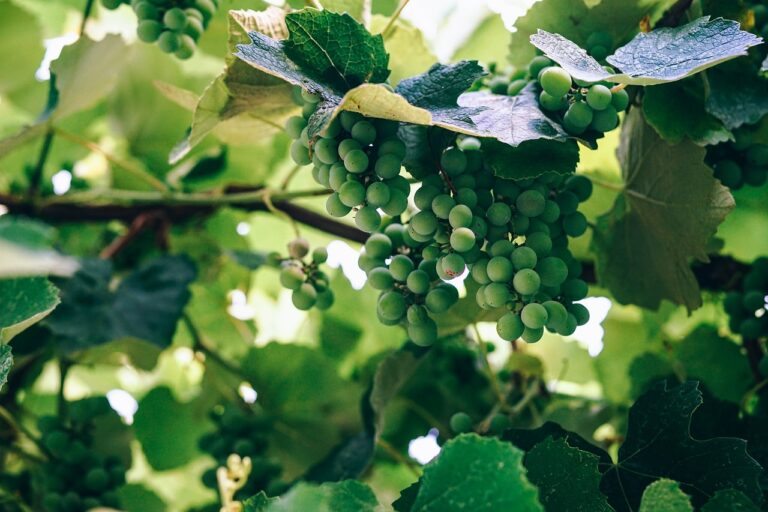The Future of Urban Farming: Opportunities and Challenges
Urban farming in modern cities has seen a significant rise in popularity as more people become aware of the benefits of growing food locally. City dwellers are increasingly turning to urban agriculture to have access to fresh produce, improve food security, and promote sustainable living practices. This shift towards growing food within city limits has not only transformed underutilized urban spaces into thriving green areas but also nurtured a sense of community among residents.
With limited space available in urban areas, innovative farming techniques have emerged to maximize productivity. Vertical farming, hydroponics, and aquaponics are just a few examples of how urban farmers are utilizing technology to grow food in a more efficient and sustainable manner. These methods not only require less land but also use fewer resources such as water and pesticides, making them environmentally friendly alternatives to traditional farming practices.
Vertical farming, hydroponics, and aquaponics are popular innovative farming techniques in urban areas
These methods maximize productivity in limited space
They require less land and use fewer resources like water and pesticides
Urban farming promotes sustainable living practices in modern cities
It transforms underutilized urban spaces into thriving green areas
Urban agriculture nurtures a sense of community among residents
Benefits of Urban Agriculture
Urban agriculture offers a multitude of benefits to both the environment and communities. One of the key advantages is the promotion of food security within cities. By growing fruits, vegetables, and herbs locally, urban farming helps to reduce reliance on long-distance transportation and distribution networks, ensuring a more resilient food system.
Furthermore, urban agriculture has positive impacts on public health by increasing access to fresh and nutritious produce. When city dwellers have the opportunity to grow their own food or purchase locally grown products, they are more likely to consume a diverse range of fruits and vegetables, leading to improved overall well-being. This direct connection to the source of their food can also foster a greater sense of community and appreciation for the environmental resources that sustain us.
Technological Advancements in Urban Farming
Innovation is reshaping urban farming, with technology playing a pivotal role in increasing efficiency and sustainability. Vertical farming, for example, utilizes controlled-environment agriculture technology to stack crops vertically, maximizing space utilization and water efficiency. These vertical farms often incorporate automated systems for irrigation, lighting, and climate control, allowing for precise monitoring and adjustments based on plant needs.
Another technological advancement in urban farming is the use of hydroponic and aquaponic systems. These soil-less methods of cultivation rely on nutrient-rich water solutions to feed plants, reducing water consumption and eliminating the need for traditional soil. Aquaponics takes this a step further by integrating aquaculture, where fish waste provides nutrients for the plants, creating a symbiotic ecosystem that maximizes resource efficiency.
What is urban farming?
Urban farming is the practice of growing food and raising livestock within a city or urban area.
How has urban farming evolved in modern cities?
With the rise of technology, urban farming has evolved to become more efficient and sustainable through the use of innovative techniques and equipment.
What are some benefits of urban agriculture?
Some benefits of urban agriculture include increased access to fresh produce, reduced carbon footprint from transportation, and the revitalization of vacant urban spaces.
What are some technological advancements in urban farming?
Technological advancements in urban farming include the use of vertical farming systems, hydroponics, aquaponics, and automated irrigation and monitoring systems.
How do these technological advancements contribute to the success of urban farming?
These advancements help urban farmers maximize space, conserve water, and optimize growing conditions, ultimately leading to higher yields and more sustainable farming practices.
Is urban farming only limited to vegetables and herbs?
No, urban farming can also include the production of fruits, flowers, and even livestock such as chickens and bees.
Can anyone start urban farming in their city?
Yes, urban farming can be started on a small scale in personal gardens or community plots, making it accessible to individuals who are passionate about growing their own food.







